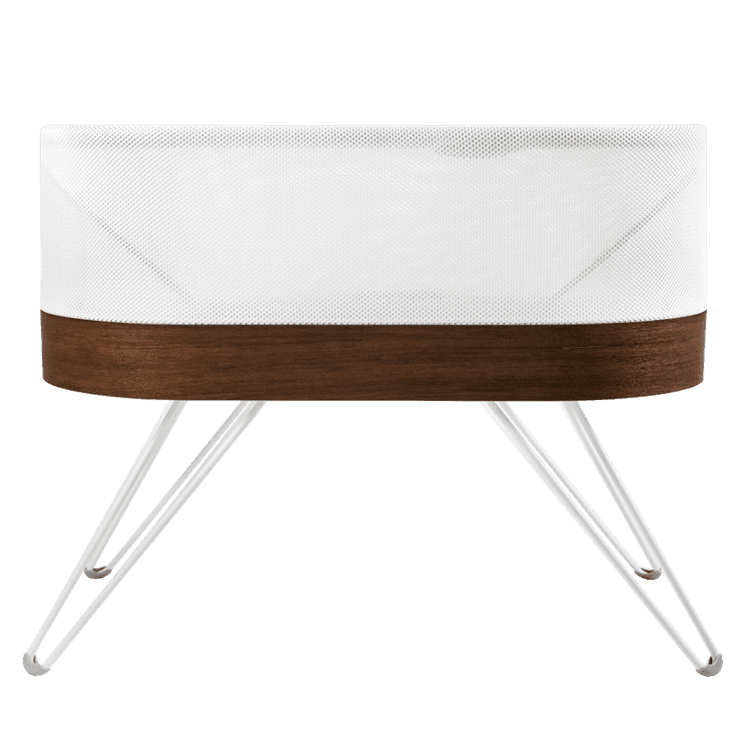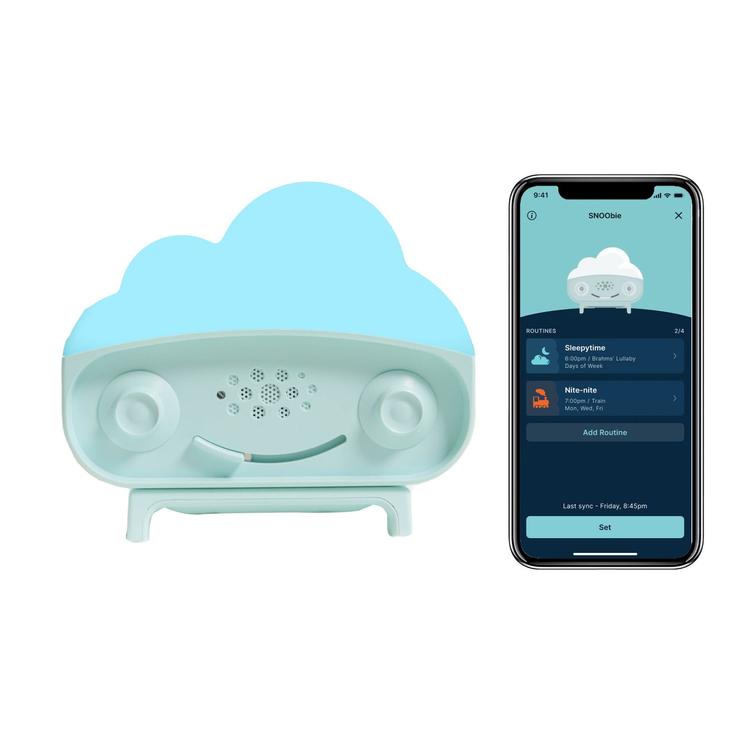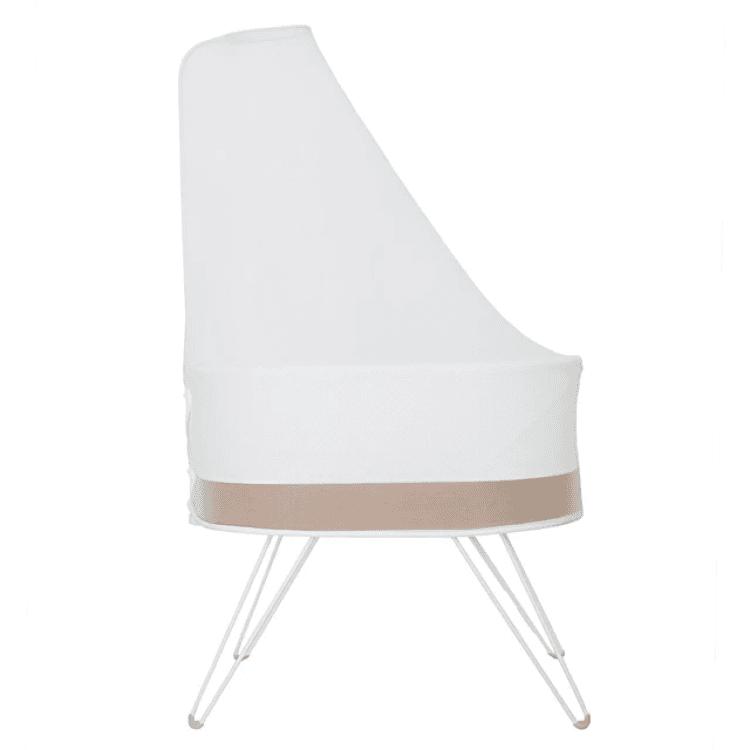Don’t be fooled: “boundaries” are far more than a buzzword peppered across your social media feeds. As a new mum or dad, you’re now juggling multiple responsibilities at home and at work—all while adjusting to your new, often-chaotic normal. Setting clear boundaries at work early on is essential for maintaining a manageable—and even healthy—work-life balance.
Boundaries are invisible lines that define what behaviours are acceptable to you. Establishing boundaries at home and in the workplace helps create clear expectations around how you wish to be treated. They also help to prevent burnout, lower stress levels, support emotional wellbeing, allow you to be fully present with family, and even boost productivity.
As you prepare to return to work following parental leave, use these tips to help establish effective boundaries—and navigate the sometimes-tricky, often-emotional transition from committed employee to dedicated working parent with more than a few extra plates in the air.
Communicate clearly with your employer
Open and honest communication is key when returning to work after parental leave. While it’s always best to discuss boundaries before your leave begins, the most important thing is simply to have the conversation. Wherever you are in your working parent journey, schedule a meeting with your line manager to discuss:
- How you’ll transition back into work
- Any long-term adjustments to your working hours, including flexibility or remote working needs
- Expectations for availability outside of work and childcare hours
- Any changes to your role or workload
- Support needed for expressing breastmilk in the workplace
Be honest about what you need as a new parent, while reassuring your employer of your commitment to making things work. Most employers will appreciate your transparency and proactive mindset. And remember, this isn’t a one-off chat—schedule regular check-ins to ensure your arrangement still works for everyone. Stay open to adjustments as needed.
Set expectations with colleagues
Changes to your work schedule will naturally impact not just you and your manager, but your wider team. Beyond letting co-workers know about your revised hours and availability, work collaboratively to define your team’s new normal. That might include:
- Checking in about an hour before you log off to flag any time-sensitive needs
- Making it clear when you’re unavailable online
- Blocking out your calendar when you’re not available for meetings
- Working together to plan for disruptions, like midday doctor’s appointments or after-hours events
Establish a consistent work schedule
- Set clear start and finish times to your working day
- Block out time in your calendar for expressing milk, if needed (mark this as “busy”)
- Schedule check-ins with your childcare provider, if that offers peace of mind
- Use status updates on messaging platforms to signal when you’re available, in a meeting, or offline
- Consider breaking up your day into focused blocks for different types of work (e.g. calls, admin, deep work)
- Explore productivity apps to help manage your time and maintain focus
Set boundaries around after-hours work
Leaving work at 4:30pm means little if you’re hit with a flood of Slack messages before tea’s even on the table. To prevent work from bleeding into your home life, establish expectations around how and when you’ll respond to messages after hours:
- Let your team know when you’ll be offline
- Make it clear you won’t respond to non-urgent messages outside of those hours
- Reassure colleagues you’ll follow up on anything pending during your next working day
- Agree on what counts as “urgent” and how you prefer to be contacted in such cases
- Nominate an “emergency contact” within your team for critical matters that don’t require your direct involvement
- Set up an auto-reply for after-hours emails and app messages. Include your working hours and when people can expect a reply. (Example: “Thanks for your message. I’m currently offline and will respond between 8am and 4pm, Monday to Friday. If it’s urgent, please contact [emergency contact] at [phone number].”)
But ultimately, it’s down to you to uphold these boundaries. That means turning off email and work-related notifications on your phone outside of working hours. And lead by example: avoid sending non-urgent messages when others are off the clock. If you must, schedule it to send during business hours—your future self (and your team) will thank you.
Create boundaries at home
If you’re working from home full- or part-time, clear household boundaries are just as important—think time, emotional, and physical boundaries. They help you stay focused during work hours and present with your family during downtime. Some helpful tips:
- Hold a family meeting to discuss your work schedule and needs
- Create a shared calendar that includes your working hours and deadlines
- Set up a designated workspace away from busy areas (a room divider can help if space is tight)
- Use visual cues—like a closed door, a “Do Not Disturb” sign, or colour-coded cards (green = available, red = in a meeting)
- Establish “quiet hours” for calls or focused tasks
- Get into the work mindset with a morning walk or by dressing in “work clothes” during work hours—it signals to both you and your family that your working day has begun
- To minimise background noise on calls, try noise-cancelling headphones or a white noise machine
Final thoughts on setting work boundaries as a new parent
Setting—and maintaining—boundaries at work and home is a journey, not a one-time fix. Every stage brings new challenges and calls for clear communication, consistency, and a willingness to pivot. Some days won’t go as planned, and some boundaries will be tested—and that’s okay. You can always reassess and realign tomorrow.





















